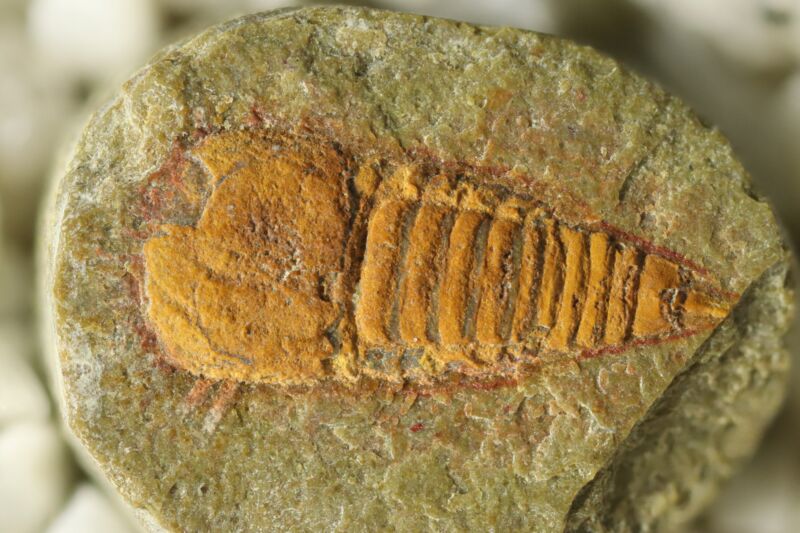500 million-year-old fossil is the earliest branch of the spider’s lineage

Enlarge (credit: UNIVERSITY OF LAUSANNE)
In the early 2000s, local fossil collector Mohamed ‘Ou Said’ Ben Moula discovered numerous fossils at Fezouata Shale, a site in Morocco known for its well-preserved fossils from the Early Ordovician period, roughly 480 million years ago. Recently, a team of researchers at the University of Lausanne (UNIL) studied 100 of these fossils and identified one of them as the earliest ancestor of modern-day chelicerates, a group that includes spiders, scorpions, and horseshoe crabs.
The fossil preserves the species Setapedites abundantis, a tiny animal that crawled and swam near the bottom of a 100–200-meter-deep ocean near the South Pole 478 million years ago. It was 5 to 10 millimeters long and fed on organic matter in the seafloor sediments. “Fossils of what is now known as S. abundantis have been found early on—one specimen mentioned in the 2010 paper that recognized the importance of this biota. However, this creature wasn’t studied in detail before simply because scientists focused on other taxa first,” Pierre Gueriau, one of the researchers and a junior lecturer at UNIL, told Ars Technica.
The study from Gueriau and his team is the first to describe S. abundantis and its connection to modern-day chelicerates (also called euchelicerates). It holds great significance, because “the origin of chelicerates has been one of the most tangled knots in the arthropod tree of life, as there has been a lack of fossils between 503 to 430 million years ago,” Gueriau added.